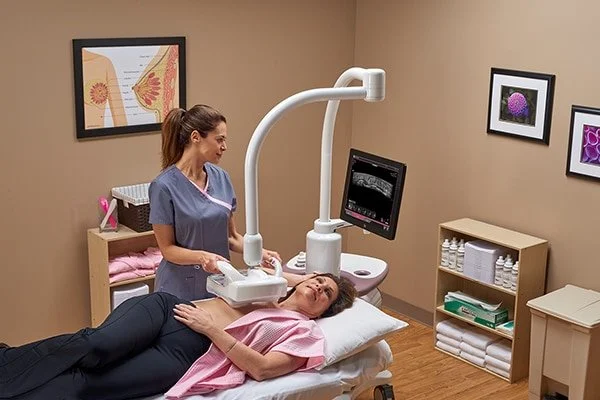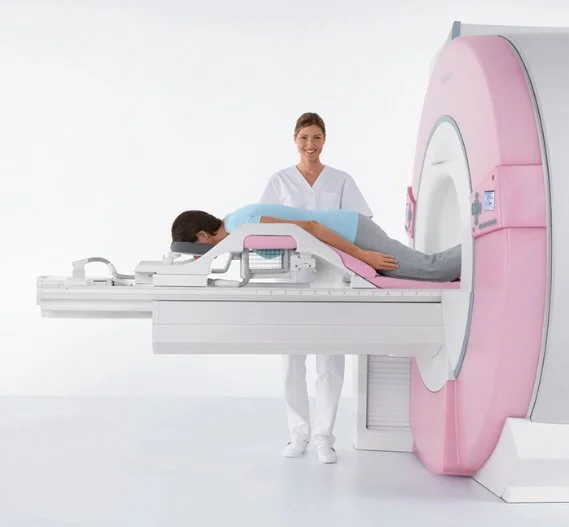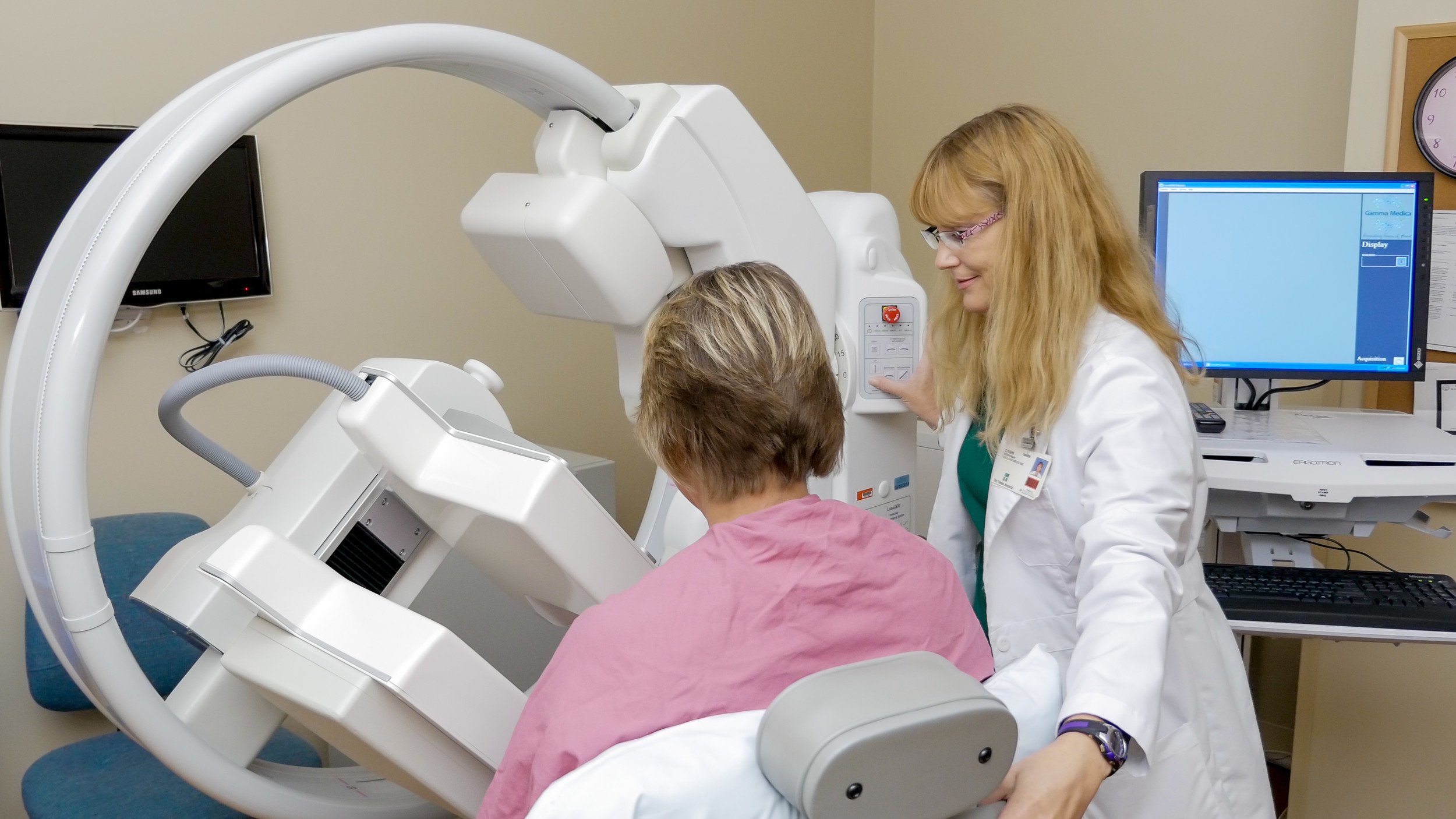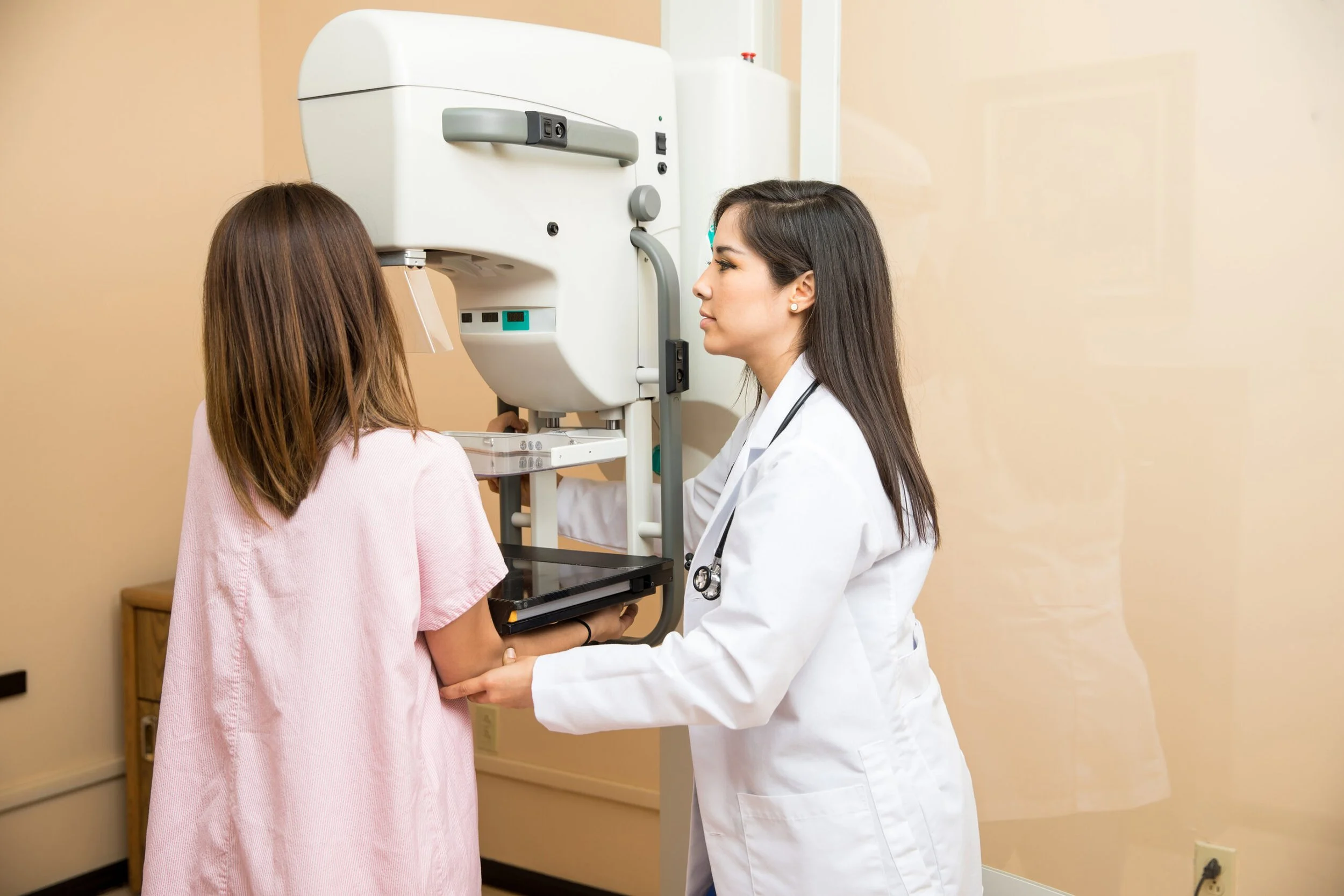
What is Breast Density?
Breast density is a term used by radiologists that compares the amount of breast glandular and connective tissue seen on a mammogram to the area of fat.
Therefore, you can only find out if you have dense breast tissue by getting a mammogram and reading the entire report.
It will list if you have fatty breasts, scattered densities, heterogeneously dense or extremely dense breast tissue.
Example Screening Mammogram Report
Breasts are made up of glandular tissue, connective tissue and fat. Glandular tissues consist of milk ducts and lobules. Connective tissue is what holds the breast tissue in place.
Glandular and connective tissue appear white on mammography and fatty tissue appears dark on imaging.
Why this is of concern is because abnormal findings such as cancer also appear white on mammography.
Therefore, the more dense tissue in your breasts the harder it will be to detect cancer on mammography.
It is like trying to find a snow ball in a pile of snow. It all blends in!
Breast Density Categories
If you have dense breasts…
You need imaging in addition to your mammogram to adequately screen your breast for breast cancer.
The most common supplemental imaging options for women with dense breast tissue are Whole Breast Automated Breast Ultrasounds (ABUS) or Magnetic Resonance Imaging (MRI).
What imaging you may need is determined according to your individual risks assessment for breast cancer development.
Talk to your physician about calculating your lifetime risk of breast cancer development via the Tyrer-Cuzick Model Calculator and discuss what supplemental imaging is needed for you.
What are the available breast cancer screening modalities?











